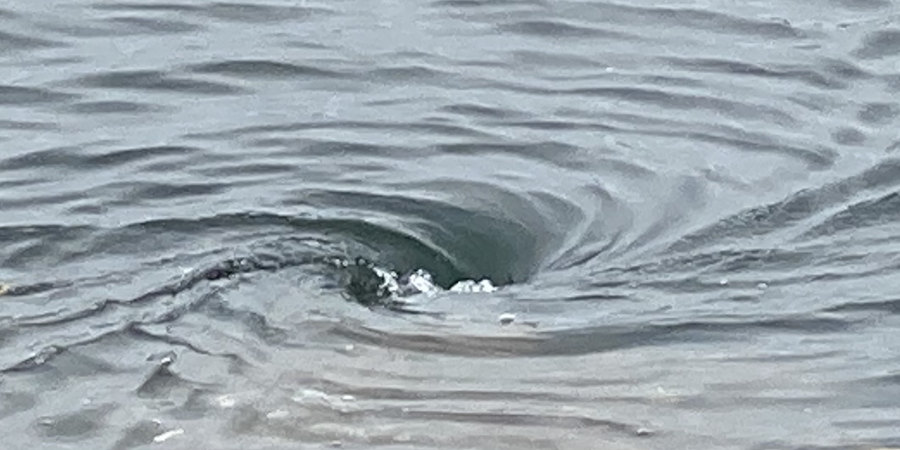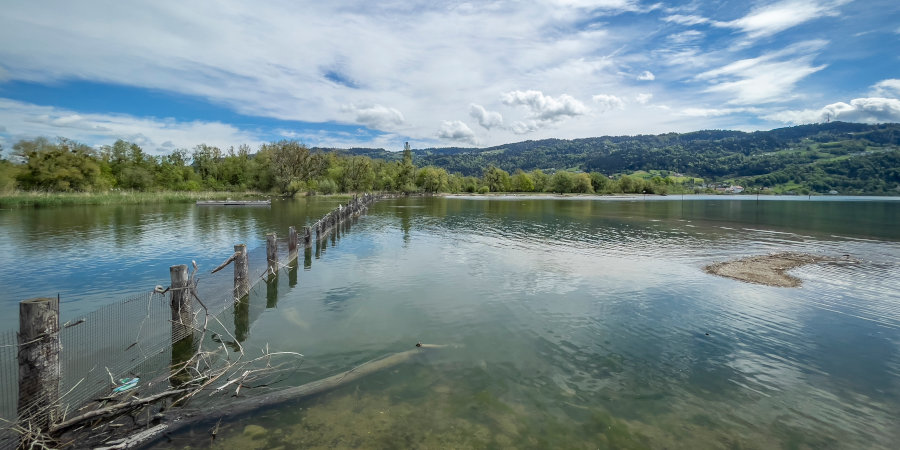

Greg "Doc Lures" Vinall
Podcast Host, Lure Maker, Scientist, Educator
Greg is host of the Australian Lure Fishing Podcast. He’s an Aquatic Scientist, Lure Maker, Speaker and Author in the recreational fishing space. Greg takes great delight in teasing out the science behind fishing and looking for opportunities to better understand our quarry and what makes them tick.
Key Messages
- Few anglers would argue that tides don’t influence fishing times in estuaries and coastal areas. But ask ten anglers what is the best tide for a given species at a particular location and you’ll get ten different answers. I suspect that most species can be caught on any tide but anglers only figure out how to catch their target species on a particular tide and assume they don’t bite the rest of the time.
- Tides are caused by the gravitational pull of the moon and the sun in unison or in opposition, depending on how they’re aligned. High tides occur both when the moon is at it’s closest to your fishing spot and when it’s at it’s furthest. Typically there are two high tides and two low tides each day, but in some areas it’s possible to get only 3 tide changes per day and in other areas you can get 5 tide changes in a day.
- Because the moon orbits the earth every 12 hours and 25 minutes the tides shift by 50 minutes per day. For example, if high tide occurs at midday today then tomorrow it will be at approximately 12.50 pm.
- The variability in tidal range between the southern states and the northern states is due to the shape of the ocean floor, which causes the water to “bulge” more in regional areas.
- There are four moon periods each day. Moon rise and moon set are obvious and are referred to as minor bite times. Moon above occurs when the moon is directly above the anglers head, moon below is when the moon is directly below the anglers feet – these are referred to as major bite windows and supposedly correlate to around 2 hours of increased fish activity.
- There are four major phases of the moon: full, first quarter, new, third quarter. Anglers are divided on fishing around the full moon, although the majority of ALF guests have advocated against new moons for most species. There is certainly evidence that full moons influence the behaviour of marine animals and also freshwater fish, but it can be difficult to determine whether this is actually due to some mysterious influence of the moon itself, or to the bigger tides that coincide with this moon phase.
- Matching long-term billfish catch records to moon phases reveals no strong patterns, fish have been caught across all moon phases and periods for over 80- years.

Finding Fish In Any Water Body
There’s a simple way to quickly and reliably identify where the fish will be congregated to feed…. and that’s the topic of todays ALF podcast episode.

Best Times To Fish. Does No Run Really Mean No Fun?
Does the rule “where there’s no run there’s no fun” hold true? Greg explores the importance of water movement in all water bodies when it comes to aggregating bait and attracting sports fish.

Fishing Through The Lens Of SCF Content Creator Bonnie Cheung
Topwater Film Invitational: Today we talk to SCF content creator Bonnie Cheung and get a creative’s perspective on fishing video content.


0 Comments